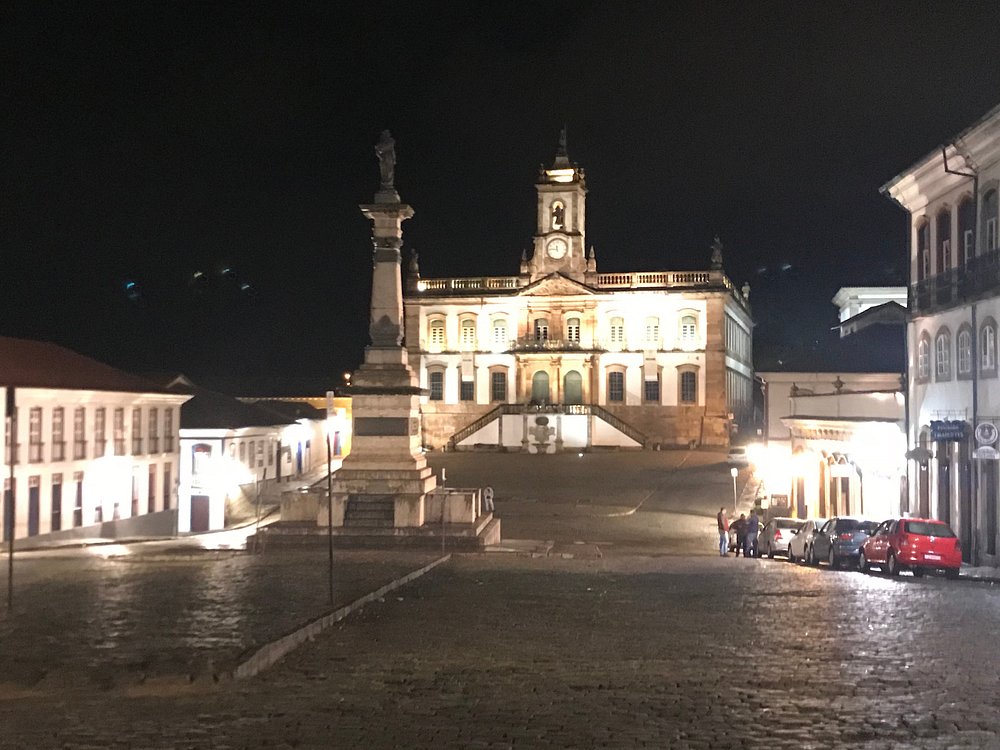
OURO PRETO
Ouro Preto
Introdução Ouro Preto é um verdadeiro tesouro histórico e cultural no coração de Minas Gerais, atraindo turistas com sua arquitetura colonial, ruas desafiadoras de paralelepípedos

Introdução Ouro Preto é um verdadeiro tesouro histórico e cultural no coração de Minas Gerais, atraindo turistas com sua arquitetura colonial, ruas desafiadoras de paralelepípedos